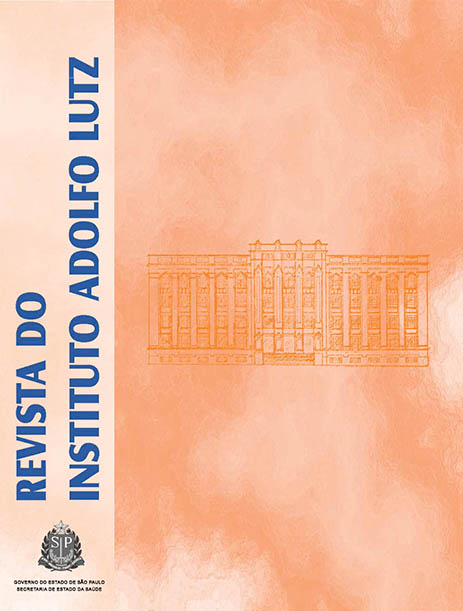Abstract
This study evaluated the microbiological contamination risk of 70 samples of 18 psychoactive herbal drugs purchased in the informal trade in Diadema, SP. This analysis was performed according to the parameters established by the World Health Organization (WHO) and Brazilian Pharmacopeia. The microbiological quality concerning the bioburden and the occurrence of food-borne risk indicators were evaluated following the official compendia. Besides, the potential production of aflatoxins, ochratoxin A and citrinin by the isolated fungi was assessed. Of the analyzed herbal drugs, 66.7% samples did not comply with the WHO standards in relation to bacterial and fungal load. In accordance with the microorganism contamination risk indicators defined by the Brazilian Pharmacopoeia, the rate of noncompliant herbal drugs increased to 94.4% due to the detection of Enterobacter spp and Aspergillus flavus. In relation to toxigenic potential, none of the fungal isolates showed capability of producing ochratoxin A or citrinin, and four (3.9%) Aspergillus flavus isolates only were able to produce aflatoxins B1 and B2. The poor microbiological quality indicated the need to adequate the herbal drugs informal trade in order to preserve the consumer’s health.References
1. Giveon SM, Liberman N, Klang S, Kahan E. Are people who use “natural drugs” aware of their potentially harmful side effects and reporting to family physician? Patient Educ Couns. 2004; 53:5-11.
2. Agência Nacional de Vigilância Sanitária. Farmacopeia Brasileira. 5ª ed. Brasília: Editora Fiocruz; 2010.
3. Chan K. Some aspects of toxic contaminants in herbal medicines. Chemosphere. 2003;52:1361-71.
4. De Smet PAGM. Health risks of herbal remedies: an update. Clin Pharmacol Ther. 2004;76:1-17.
5. World Health Organization. Quality control methods for medicinal plant materials. Geneva: WHO Press; 1998.
6. World Health Organization. WHO guidelines for assessing quality herbal medicines with reference to contaminants and residues. Geneva: WHO Press; 2007.
7. Rhodehamel EJ, Harmon SM. Bacillus cereus. In: Food and Drugs Administration. Center for Food Safety and Applied Nutrition. Bacteriological Analytical Manual Online [acesso 2011 abr 15]. Disponível em: [http://www.cfsan.fda.gov].
8. Rapper KB, Fennel DI. The genus Aspergillus. Baltimore: The Williams and Wilkins Company; 1965.
9. Pitt JI. The genus Penicillium. Sidney: Academic Press Inc; 1979.
10. Lin MT, Dianese JC. A coconut-agar medium for rapid detection of aflatoxin production by Aspergillus spp. Phytopathol. 1976;66(12):1466-9.
11. Soares LMV, Rodriguez-Amaya DB. Survey of aflatoxins, ochratoxins A, zearalenone and sterigmatocistin in some Brazilian foods by using multi-toxin thin layer chromatographic method. J AOAC. 1989;72:20-2.
12. World Health Organization. Department of Mental Health and Substance Dependence. Noncommunicable Diseases and mental Helath: Investing in Mental Health. Geneva: WHO Press; 2003
13. Bugno A, Almodovar AAB, Pereira TC, Pinto TJA, Sabino M. Occurrence of toxigenic fungi in herbal drugs. Braz J Microbiol. 2006;37:47-51.
14. Rizzo I, Vedoya G, Maurutto S, Haidukowski M, Varsavsky E. Assessment of toxigenic fungi on Argentinean medicinal herbs. Microbiol Res. 2004;159(2):113-20.
15. Pitt JI, Basilico JC, Abarca ML, Lopez C. Mycotoxins and toxigenic fungi. Med Mycol. 2000;38(Suppl 1):41-6.

This work is licensed under a Creative Commons Attribution 4.0 International License.
Copyright (c) 2012 Instituto Adolfo Lutz Journal
